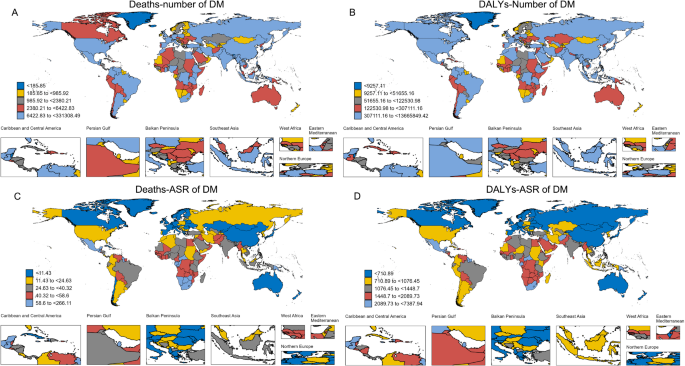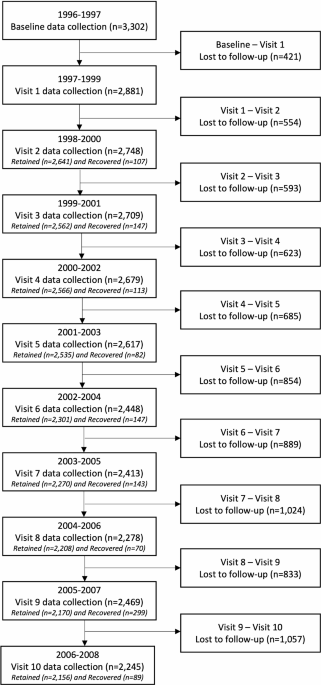Study Reveals Top 10 Most and Least Obese States

A new nationwide analysis reveals significant geographic patterns in obesity rates across states. Obesity, defined as a body mass index of 30 or higher, is associated with serious health risks, including stroke, diabetes, heart disease, and certain cancers. The U.S. News report highlights the states most and least affected by obesity, a critical factor in overall health rankings. The data is derived from self-reported obesity rates from the Behavioral Risk Factor Surveillance System, a collaboration between the Centers for Disease Control and Prevention (CDC) and state health departments.
Approximately two in five American adults are considered obese, according to the CDC, costing the U.S. health care system nearly $173 billion annually. In 2023, thirty-nine states reported obesity rates at or above 30 percent, with three exceeding 40 percent. Obesity rates are factored into each state’s score in the public health category of the Best States analysis, which includes additional factors like smoking and mortality rates. States with higher obesity levels tend to perform poorly in both public health and health care rankings.
The top 10 states with the highest obesity rates are: West Virginia (41.7 percent), Arkansas (40.5 percent), Mississippi (40.4 percent), Louisiana (39.9 percent), Alabama (39.4 percent), Oklahoma (39.0 percent), Iowa (37.9 percent), Kentucky (37.8 percent), Indiana (37.8 percent), and Tennessee (37.8 percent). The top 10 states with the lowest obesity rates are: Colorado (24.6 percent), Hawaii (26.8 percent), Massachusetts (27.1 percent), California (27.7 percent), New York (27.9 percent), New Jersey (28.5 percent), Vermont (29.0 percent), Connecticut (29.2 percent), Florida (29.7 percent), and Montana (30.2 percent).
While medications like Ozempic and Wegovy have garnered attention for their potential in lowering obesity rates, the U.S. News analysis reflects broader trends in lifestyle, health care access, and regional disparities. The long-term impact of these drugs remains uncertain due to questions about accessibility, cost, and sustainability.











